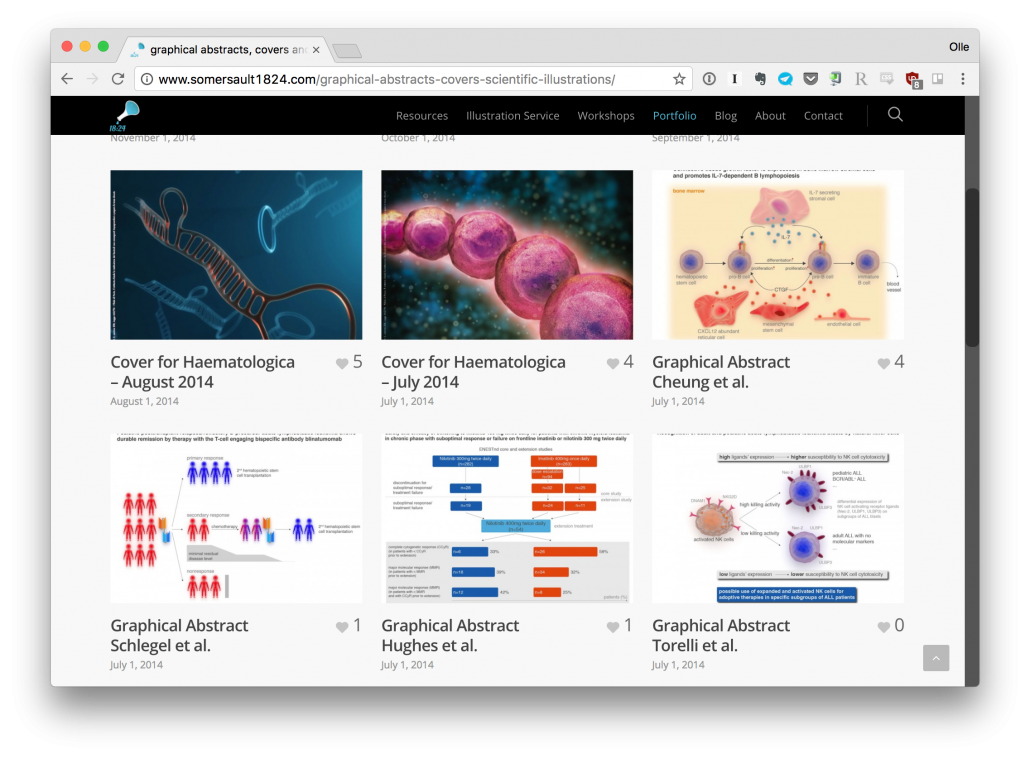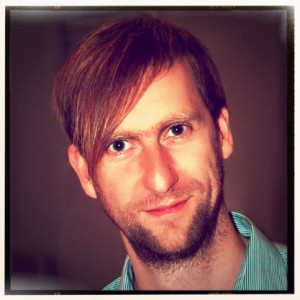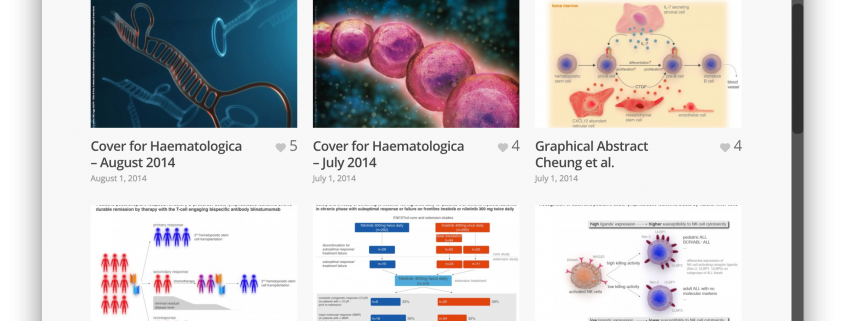“Get a crash course in information design and effective communication!”
Learn a little bit about information design, and you can make very effective visuals together with an illustrations professional. This is the advice of Belgian 3D artist & illustrator Luk Cox, specialized in making graphical abstracts.

The Crastina theme of June–July is “working with the pros”.
Graphical abstracts are becoming increasingly popular. An influential company in the field is somersault18:24 from Belgium, founded by the former research scientists Luk Cox and Idoya Lahortiga. Today, they are working on a steadily growing international market; more and more journal editors and scientists are realising that graphical abstracts give a faster and more effective communication of research.

Tell us about somersault18:24: When and how did it start? And what is your vision for the project?
This project started in the time I was doing my post-doc. My colleague post-doc at that time (Idoya Lahortiga) had similar interests and ideas about visual science communication as I had. We’ve discussed hours at length of how we could help this field evolve. At some point, we realised it was our own responsibility if we wanted to make a change happen. That is when we founded somersault18:24. It started very small as a side hustle, but rather quickly turned into a full-blown business. Currently, Idoya and I are full-time running this company.
Our vision is to visually improve science communication, ranging from peer to peer communication to science dissemination to the public. We try to do this with effective figures for publishing scientists and academic journals, but also with science-inspired jewellery and a science-inspired game. And everything in between.
Which do you think are the biggest challenges in scientific illustration?
The biggest challenge is probably the design part. Not many scientists are aware that you can make very effective visuals if you learn a little bit about information design. It’s a misconception that you should be graphically outstanding or artistically schooled to make compelling scientific illustrations. Don’t get me wrong, for a professional career in this field, that certainly helps, but to lift the level up for everyday scientists, this is certainly not needed. The challenge is to make scientists aware of this and give them ideas how they could up their own work.
Could you please give 3 practical pieces of advice for young scientists on how to communicate their research more effectively and in a more compelling way?
- Get a crash course in information design and effective communication. There are many good resources online, but you might need to go outside the comfort zone of science. Other industries can teach us much more about these topics (think about advertising and graphic design);
- Learn the basics of colour theory. Most scientist choose colours haphazardly, while designers on the other hand start with a colour scheme in step one. The reason is of course that colours only work/inform when they are used effectively. Effective use of colours always follows some colour theory. Everybody can learn these basics in a few hours;
- Experiment with different ways and show to your colleague/friend/family. The best forms of communication are simple. Even very difficult topics should be made as simple as possible to convey messages effectively. Also in scientific illustration, this is true. It is important to be critical about your work and remove or adapt parts that are confusing or too complex. By showing your work to others, you’ll get an idea about this way faster.
•••
Luk Cox started out with a master’s degree in biomedical sciences, after that a PhD in molecular embryology and next a post-doc in leukaemia research.
“I’ve been active with illustration for as long as I can remember,” he says. “But only when I was writing my PhD I started to apply this passion in my own work/figures. It’s about then that I also started teaching myself 3D modelling and CGI. It turned out that these 3 disciplines (science, illustration and 3D modelling) make a nice combination.”





Leave a Reply
Want to join the discussion?Feel free to contribute!